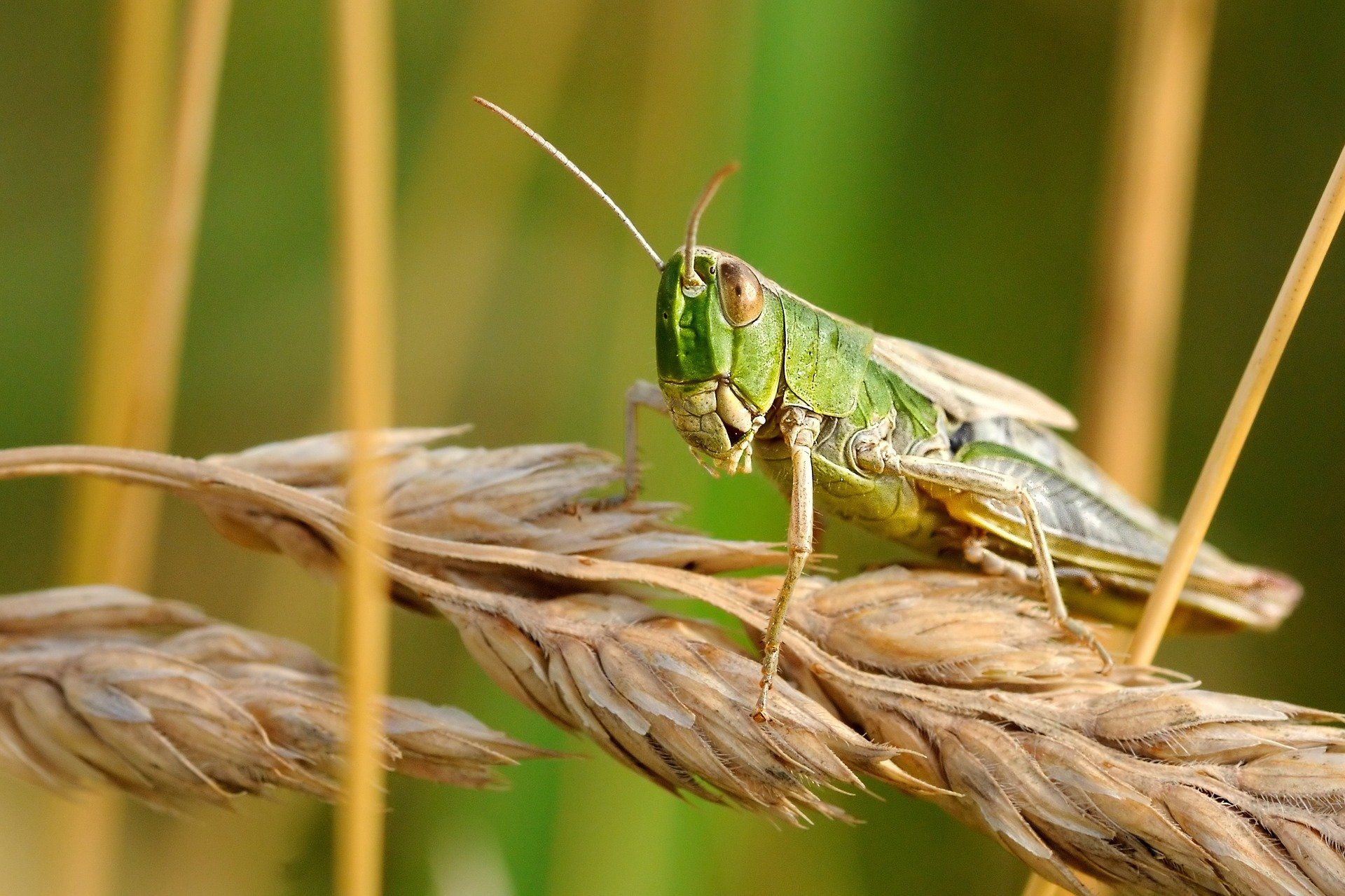1MG FlippingBooks
Cutting into the $4.8bn loss from agricultural pests
Staff Writers

A new program is targeting the $4.8bn of lost agriculture output by equipping rural communities with the skills to manage destructive pest animals and weeds during long seasons of drought.
The Communities Combating Pest and Weed Impacts During Drought Program funds projects which combat pest species and weeds in production losses and control activities in rural areas to substantially reduce the economic impacts of these agricultural pests.
As part of their involvement with the program, farmers will be given the resources to control agricultural pests such as wild rabbits and dogs as well as feral pigs.
In Round 1 of the Program, $15m was delivered across 2018 - 2019 to build wild dog exclusion fences as well as funding that improved pest and weed management facilities in drought-affected areas.
Round 2 of the program will see 33 local councils individually or part of a consortium share in $10m.
The program will also help farmers manage detrimental weeds such as the prickly acacia, African boxthorn, and serrated tussock.
“Managing pests and weeds is a significant cost at the best of times for farmers and even more of an impost for those in the grips of the drought” said Minister for Agriculture, Drought, and Emergency Management David Littleproud.
“The capacity of these farmers to manage pests and weeds during drought is significantly reduced because they are dealing with other challenges such as feeding livestock and keeping their farm businesses running”.
According to Littleproud, “The Australian Government set up the Communities Combating Pest and Weed Impacts During Drought Program to ensure our drought-hit regions have the resources to manages these scourges at a time when they are least able to do so during drought”.
“This funding is used by local councils to support farmers and land managers, to reduce the impacts of pest animals and weeds on agriculture and the local environment and to stimulate local economies and employment”.
All Round 2 projects are expected to be completed by December 2021.
NEWS

Prodoz, a Proudly Australian and family-owned agribusiness, based in Melbourne, is strengthening its positions as national/international leader in advanced crop – science solutions through a growing portfolio of global innovation partners and a distribution footprint supported by all major distributors - includes Nutrien Ag, Elders, Lindsay Rural and Independent Rural stores.

Trace minerals are required for optimal growth, reproduction, and immunity. Optimising trace mineral status relying solely on oral supplements across a herd may fail because of variation in individual intake and reduced absorption due to antagonism of other ration components and minerals. The use of injectable trace mineral supplements has been associated with positive reproductive outcomes including improved conception rate, increased odds of pregnancy and greater final in calf rate. A study conducted on 2,168 dairy cows, administered injectable trace minerals, four weeks prior to calving and again four weeks prior to the start of mating showed treated animals had a 3.3 per cent greater final in-calf rate, and a reduced time from start of mating to conception, compared to control animals 1 . The Importance of B12 Dr Carl Eden, Technical Services Veterinarian with Boehringer Ingelheim says “Vitamin B12 is sometimes referred to as a ‘super vitamin’ because it is only required in very small amounts but vital to many essential metabolic pathways. However, demand for B12 can vary considerably during the year and we see serum levels of B12 fall at critical times, such as the first few months after calving.” Vitamin B12 contains cobalt, so deficiency in cobalt can lead to deficiency in vitamin B12 because ruminants get most of their B12 as a byproduct of ruminal fermentation where the bacteria in their rumen assemble B12 from cobalt for use by the cow. Sub-optimal trace mineral and vitamin B12 status at calving, mating, and drying off has been shown to negatively impact growth, reproduction, and immunity. Using a trace mineral injectable containing vitamin B12 can improve trace mineral and vitamin B12 status at these critical times. Marks-Min with Vitamin B12 – The Evidence In the largest trace element study to date, Marks-Min Injectable Trace Mineral with Vitamin B12 demonstrated remarkable results when compared to a reference trace mineral injection. “Given the differences between Marks-Min and other products on the market, we wanted to generate a compelling data set to demonstrate how effective it was compared to the pioneer product. We entrusted this work to a third-party research company” says Dr Eden. “We chose farms that were at the top of their game from a reproductive perspective. We made sure that the farms had no evidence of trace element or vitamin B12 deficiencies or excess.” Across all outcomes of interest, Marks-Min demonstrated clear non-inferiority when compared to the reference product. Outcomes measured included submission, pregnancy and conception rates, and six week in-calf rate. Marks-Min demonstrated it is highly suited as an alternative treatment to the reference product. Reference: 1. Hawkins, D., and B. V. S. Franklin. New Zealand Dairy Veterinarians Newsletter 24 (2007): 12-16 Company website: livestockfirst.com.au Company email address: CustomerCare.Australia@boehringer-ingelheim.com Company video: https://vimeo.com/1138807630?fl=pl&fe=cm














